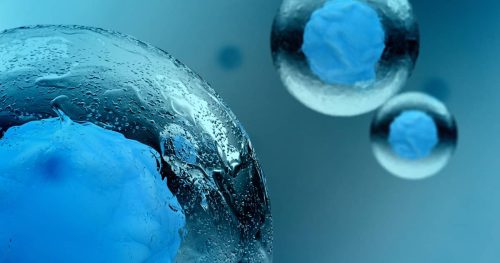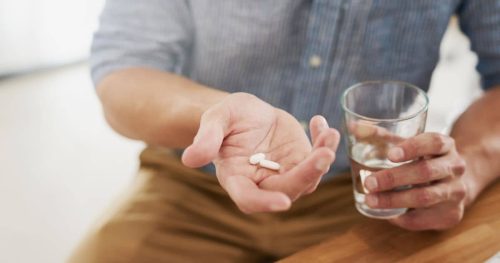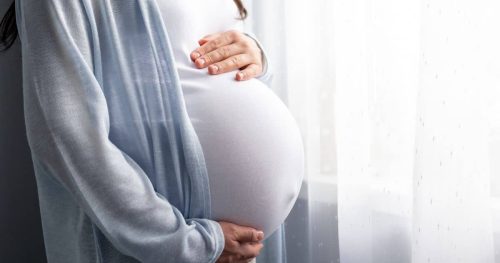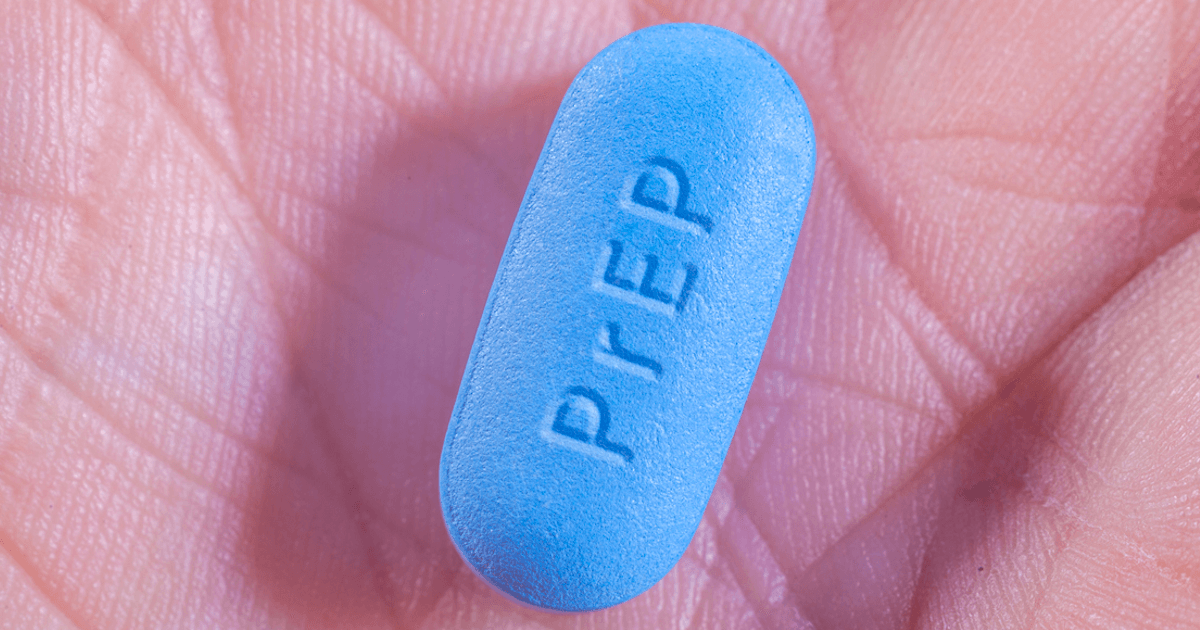Out of all pathogens that cause STDs, Chlamydia trachomatis is one of the sneakiest. A chlamydia infection can remain asymptomatic and go undetected for prolonged periods of time. Immunologists have long been trying to find out how this is possible. New research sheds light on the very complex cellular response the bacterium employs to make itself undetectable.
Continue readingStem Cell Treatments and Other Innovations Offer HIV Cure
Stem cell transplants for leukaemia have helped free several people from the HIV virus. The Dusseldorf patient becomes the next in line, following previous successes. He has been HIV-free, even after stopping antiretroviral therapy. So, will stem cell transplants become the next big thing in the fight against the human immunodeficiency virus?
Continue readingNew Research Reveals Surprising Facts about Condom Effectiveness
Condoms have long been considered one of the most reliable kinds of protection against STDs. New research, however, provides additional important information on how such barrier contraception works. The evidence suggests that condoms aren’t as effective as previously believed when it comes to certain infections.
Continue readingThe Doxy PEP Revolution in STI Prevention?
Many people still believe that only high risk individuals should get tested for STDs. This isn’t the case. Everyone who is sexually active will benefit from regular screening. If you want to embrace this important decision but your partner refuses, there are a couple of things to do about the situation. Open and honest communication is always going to be most important.
Continue readingTrying to Get Pregnant and STDs: Everything You Need to Know
Many people still believe that only high risk individuals should get tested for STDs. This isn’t the case. Everyone who is sexually active will benefit from regular screening. If you want to embrace this important decision but your partner refuses, there are a couple of things to do about the situation. Open and honest communication is always going to be most important.
Continue readingCan STDs Cause Prostatitis?
Many people still believe that only high risk individuals should get tested for STDs. This isn’t the case. Everyone who is sexually active will benefit from regular screening. If you want to embrace this important decision but your partner refuses, there are a couple of things to do about the situation. Open and honest communication is always going to be most important.
Continue readingWhat to Do if Your Partner Doesn’t Want to Get Tested for STDs
Many people still believe that only high risk individuals should get tested for STDs. This isn’t the case. Everyone who is sexually active will benefit from regular screening. If you want to embrace this important decision but your partner refuses, there are a couple of things to do about the situation. Open and honest communication is always going to be most important.
Continue readingAlarming Trend Alert: STDs Up While Condom Use Goes Down
Wouldn’t it be easiest to prevent STDs through the development of effective vaccines? The answer depends on the condition being discussed. Vaccines exist for three widespread STDs and several new pharmaceutical products are in the stage of development. Effective STD vaccine development, however, faces a number of challenges that have to be overcome.
Continue readingHIV PEP and PrEP FAQ: Your Most Pressing Questions Answered
HIV pre-exposure prophylaxis (PrEP) and post-exposure prophylaxis (PEP) have proven to be game changers when it comes to preventing infections. Regardless of their efficiency and the fact they’ve been around for some time, there are still quite a lot of questions about the medications. We will try to demystify them in the following guide.
Continue readingWhich STDs Can Be Prevented by a Vaccine?
Wouldn’t it be easiest to prevent STDs through the development of effective vaccines? The answer depends on the condition being discussed. Vaccines exist for three widespread STDs and several new pharmaceutical products are in the stage of development. Effective STD vaccine development, however, faces a number of challenges that have to be overcome.
Continue reading








